Best Golf Drivers 2025 - I pick out the best on the market
After thorough testing, I have picked out my top selections on the driver market at the moment.

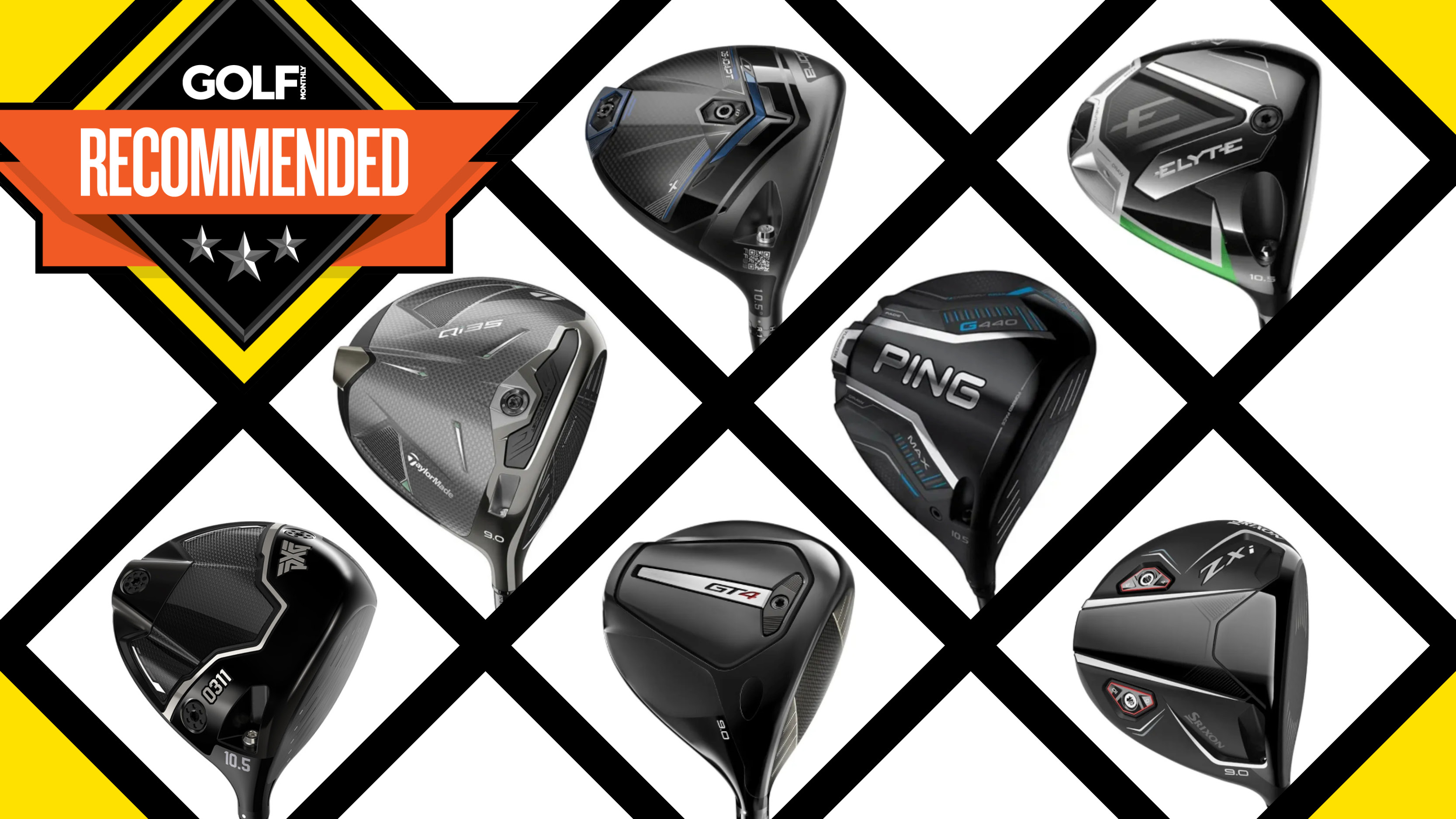
The driver is designed to hit the ball further than any other club in the bag. It has the longest shaft and the biggest head, and while it can be intimidating for high handicap players or new golfers, it's worth sticking with it because it's the most forgiving club in your bag.
Because of its importance, the golf driver is the club which has seen the most technological innovations over the years. Companies are coming up with new ideas every year to maximize every aspect of driver performance especially in terms of distance and forgiveness.
WATCH: Joe Ferguson tests and compares the leading drivers on the market in 2025
Along with the expertise of Golf Monthly's expert review team, I've put together this guide to show you what is out there. Have a read and a think about what you want from your driver and which one of the following options could suit you best. As always, the full reviews of each club are linked under each item if you want a more in-depth read on a potential addition to your setup.
In my experience I have found that each of the main brands has a model that will work well for pretty much every golfer but, if you are looking for a specific type of performance, you can take a deeper dive into some of our other guides on the most forgiving drivers, best golf drivers for distance, or even the best high handicap drivers.
The Quick List
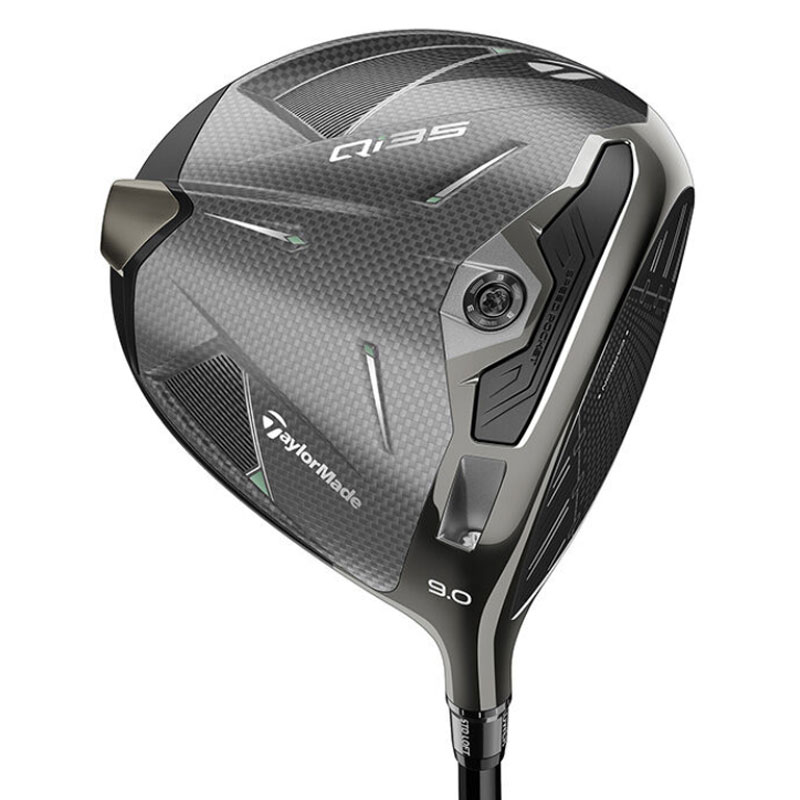
One of the best looking drivers in recent memory, the Qi35 has made noticeable improvements from the impressive Qi10 driver in terms of feel, playability and adjustability.
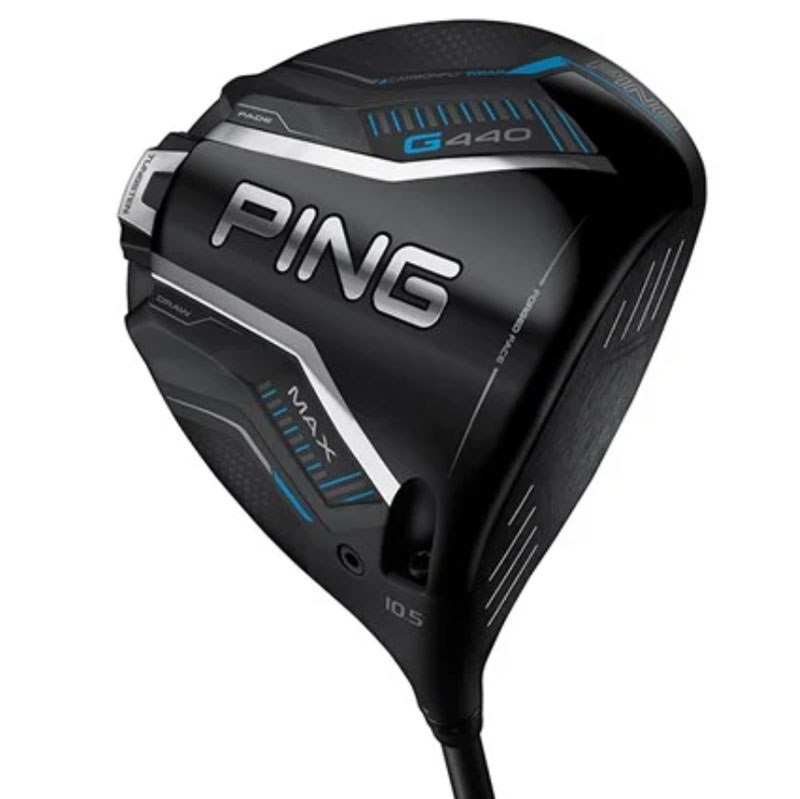
The G440 max is unsurprisingly another strong addition to an already very impressive Ping driver lineup that delivers consistent, powerful ball flights which are now complimented by an improved aesthetic.
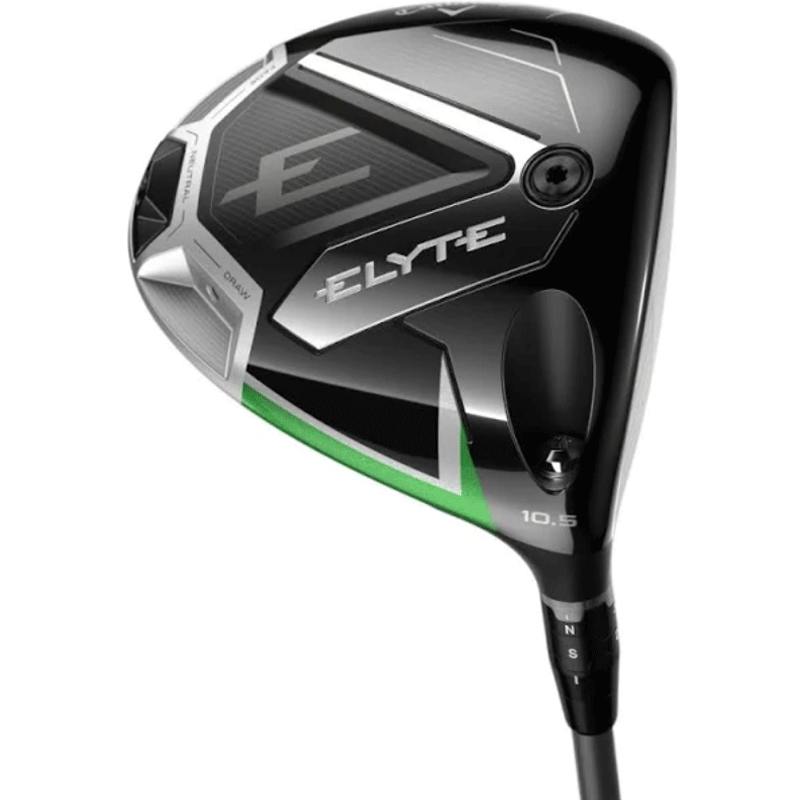
The Elyte tips the hat to Callaway's previous Epic driver with a stunning black and green colorway whilst delivering brilliant all-round performance with a slightly lower spin profile than some competitors ‘standard’ models.
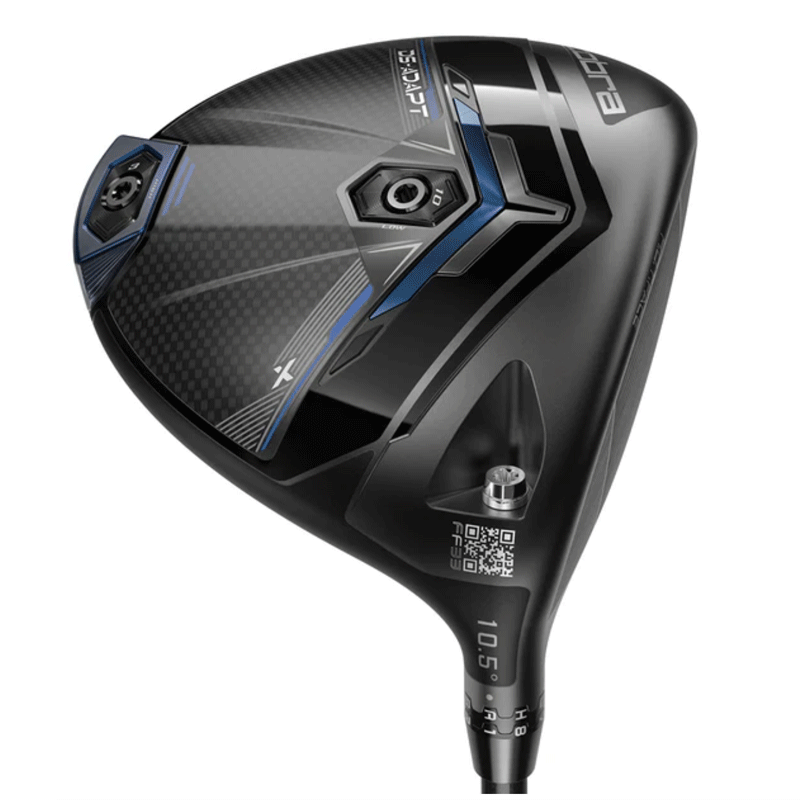
Cobra's FutureFit33 adjustable hosel is one of the best innovations we've seen in drivers this year, allowing users to finely tune their driver to levels we've never really seen before.
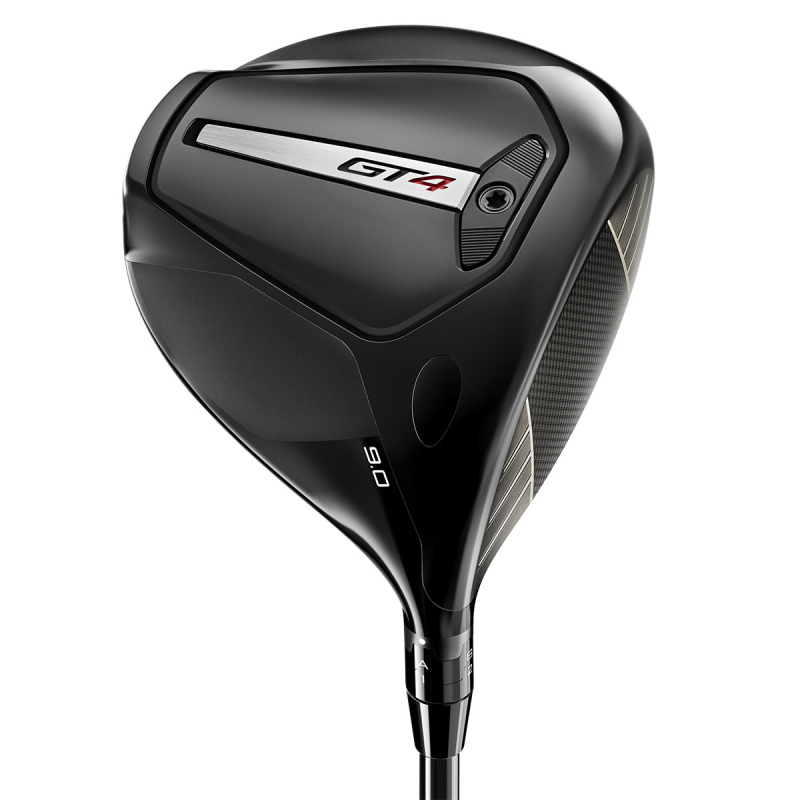
Titleist drivers are rarely flashy and the design of the GT4 proves that, with the brand instead focusing on delivering a driver that deliver low spin numbers and high distance numbers.
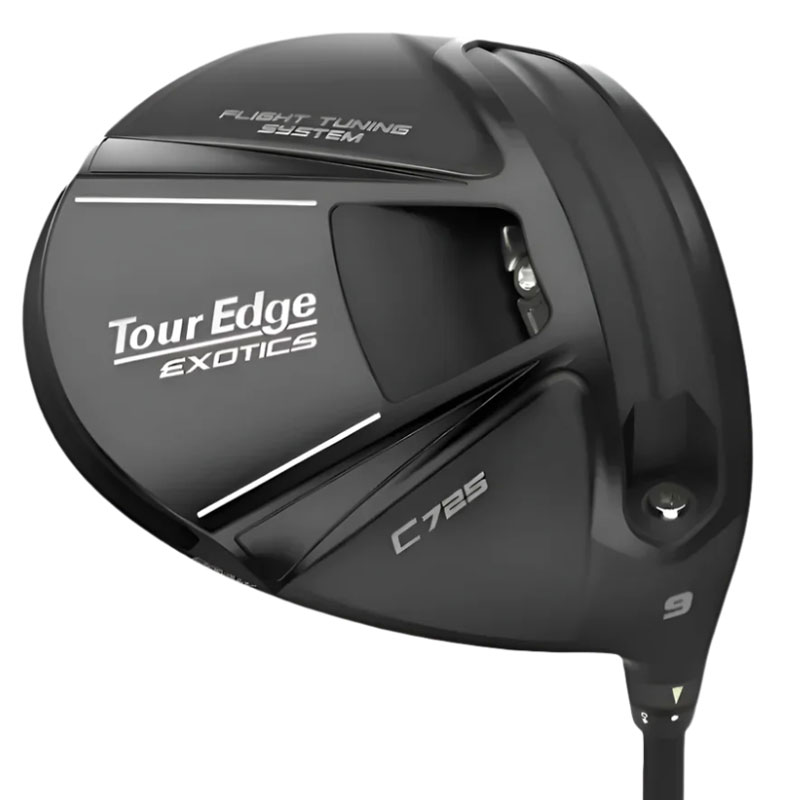
Nothing beats the C725 driver for value for money in 2025. It's a wonderful product from a left field brand that deserves consideration from golfers of all abilities.
Load the next 6 products
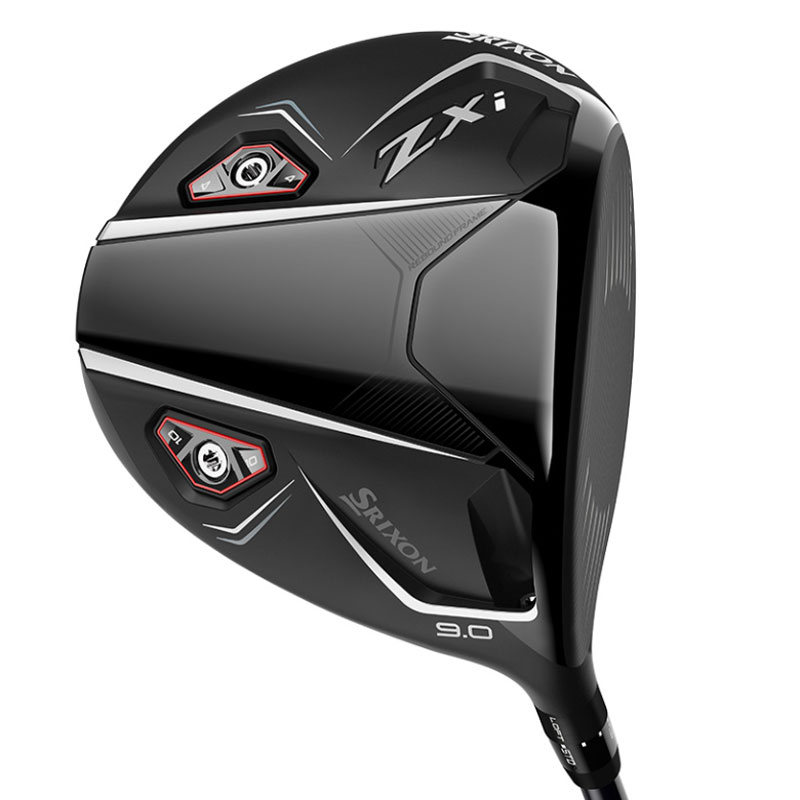
Arguably the most underrated driver of the year, the ZX7 looks brilliant and boasts a skillset that will suit a wide range of players, from mid-handicappers all the way to US Open winner J.J. Spaun.
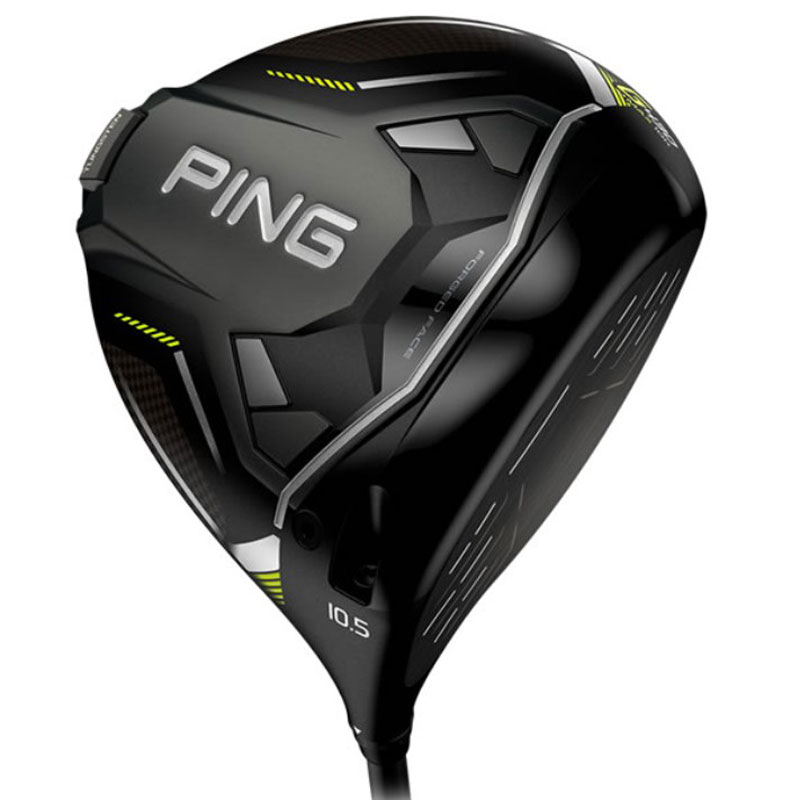
One of the most impressive drivers we've tested in recent memory thanks to the combination of incredible levels of forgiveness alongside low spin rates and high ball speed.
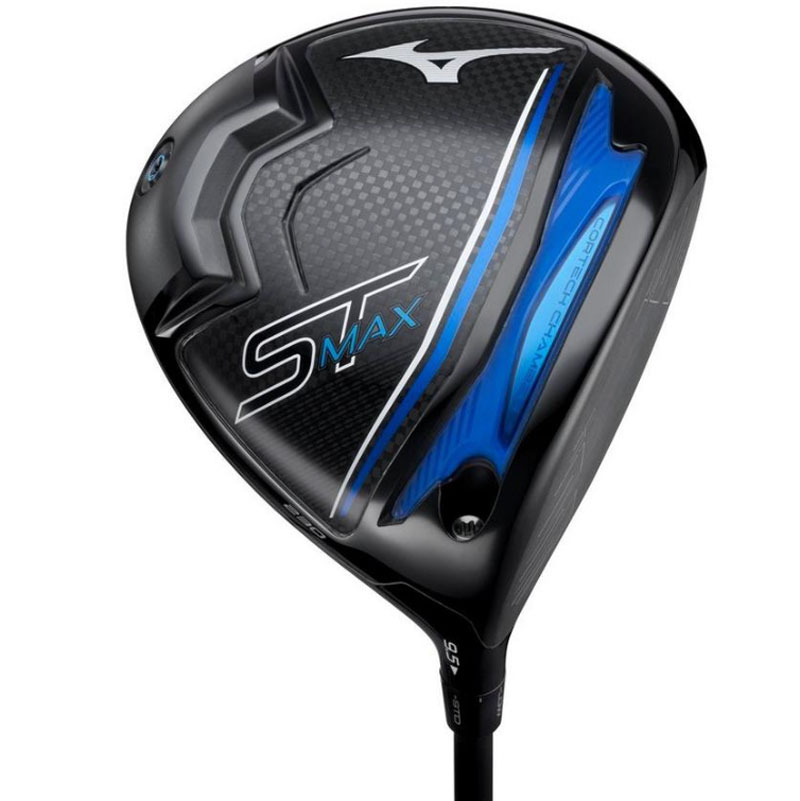
If you're looking for a driver than spins a bit more than usual, the ST-Max 230 from Mizuno could be the one for you. It delivers a satisfying feel that will appeal to many players whilst it gets a flying grade when it comes to looks.
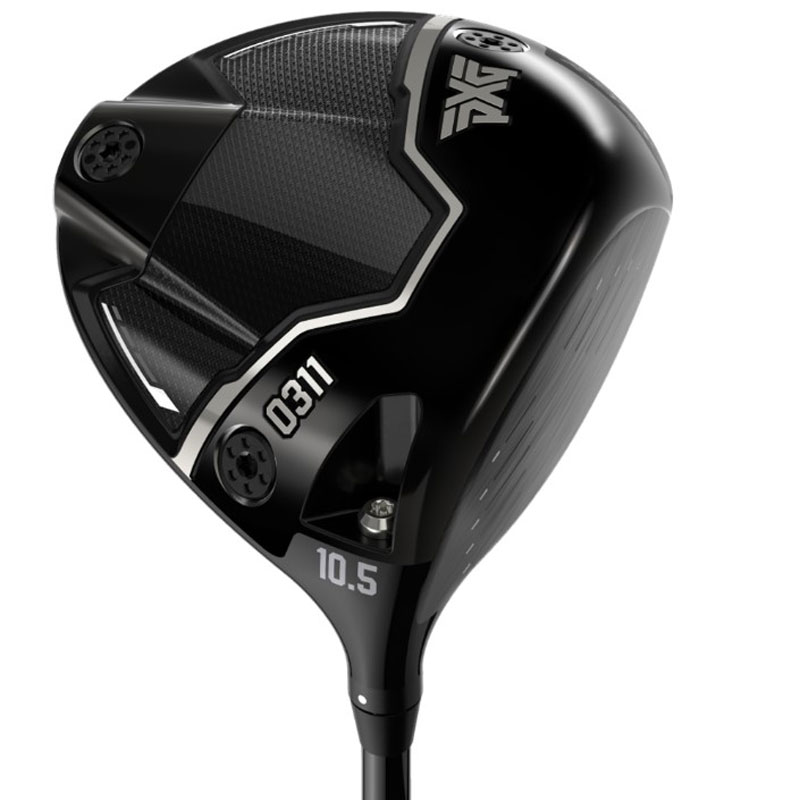
The Black Ops is an impressive driver from PXG, a relative newcomer in the golf equipment world. It delivers excellent sound and feel, while the multi-material gloss crown gives it a sleek, powerful look that inspires confidence at address.
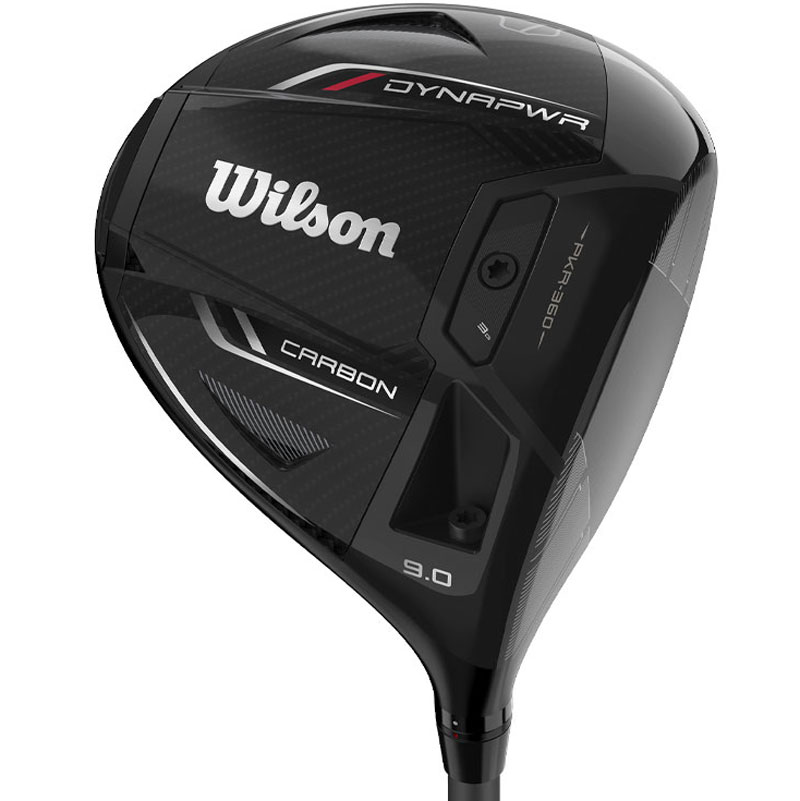
The Dynapower Carbon stands out as Wilson’s best driver in years. While it might not deliver eye-popping ball speed numbers, the solid, muted sound and dense feel at impact make for a deeply satisfying experience.
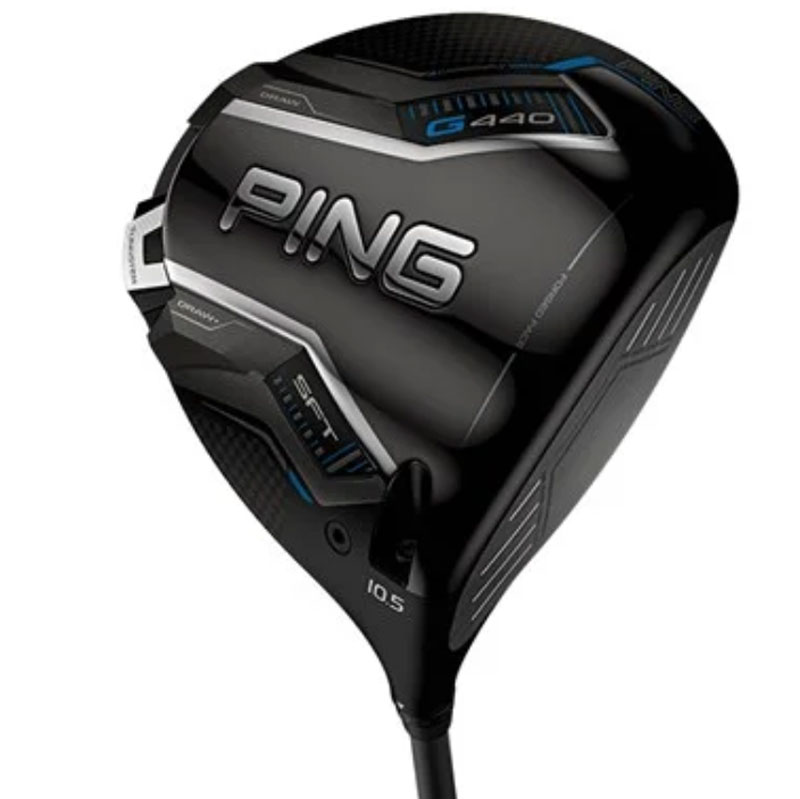
One of the most popular draw bias drivers of 2025, the G440 SFT boasts a more premium aesthetic with the addition of the Caronfly Wrap crown and is noticeably easier to launch and draw than any other Ping driver.
Best Golf Drivers
Top pick
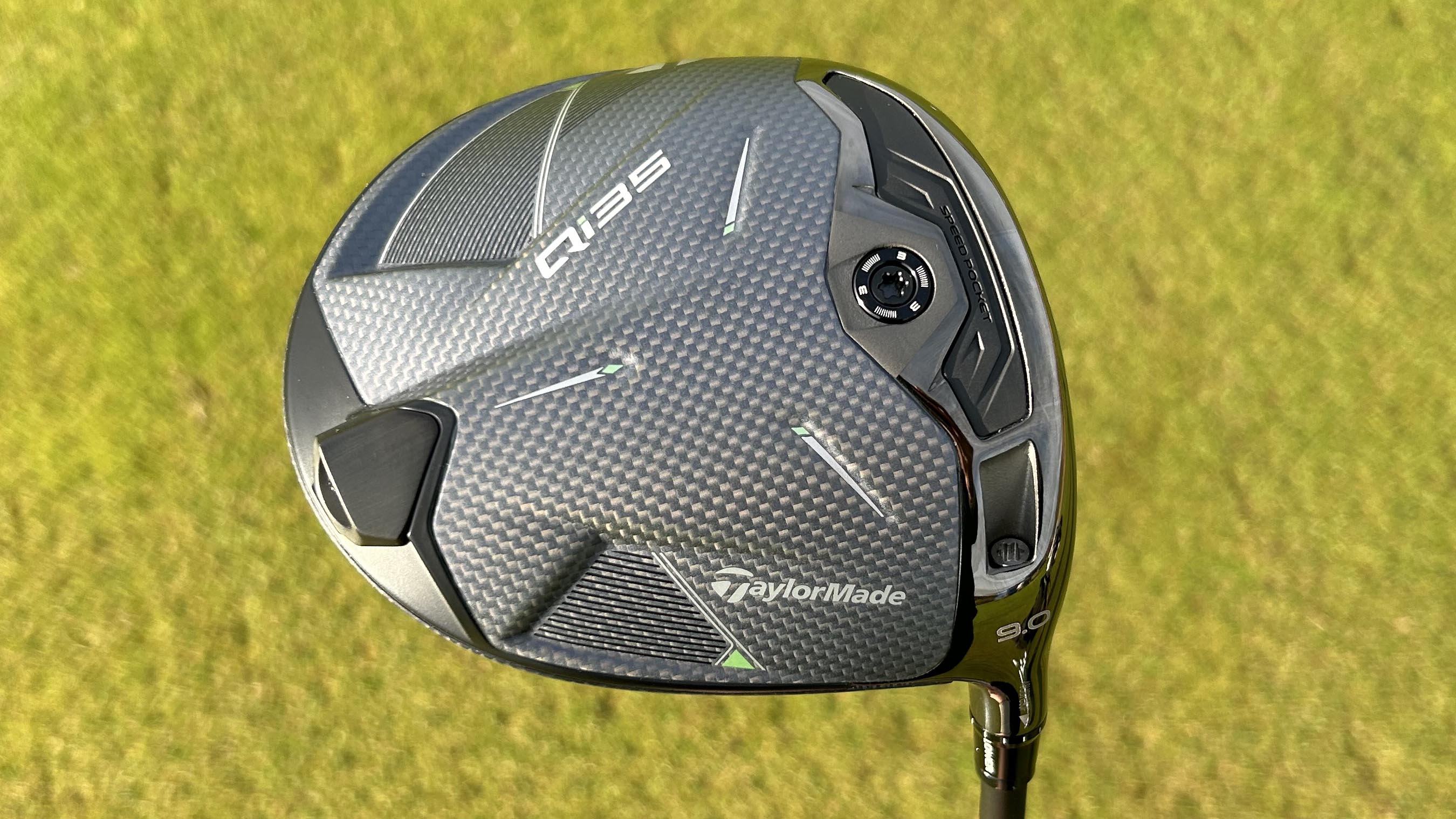
Specifications
Reasons to buy
Reasons to avoid
Our top pick was a tough one to choose this year given the quality of drivers that were released, but we've opted for the standard model in the new Qi35 range from TaylorMade for a number of reasons. We loved this driver the moment we set our eyes on it thanks to the stunning aesthetic - the light grey carbon finish is sheek and premium whilst also minimalist and a little more real estate behind the ball compared to the standard Qi10 model will inspire confidence for those who stand over the ball with this in hand.
Performance-wise, this driver really delivers, thanks in part to the adjustability on offer. Two movable weights in the sole allow you to fine-tune launch and spin so we experimented with this during testing, using different settings to see how much performance could change. In its neutral setup, it’s exceptionally stable and forgiving, making it easy to keep the ball in play. Switch it into what I’ve branded the “beast mode,” though, and you can lower spin, boost distance and unlock some serious power. Your dispersion will take a slight hit, but far less than expected, so whether the trade-off is worth it is dependent on the player.
The face also provides lively feedback at impact, delivering a solid, energetic feel that encourages you to really go after each drive. It’s a firmer sensation paired with a higher-pitched sound that stood out during testing. Honestly, no matter how hard we tried, there wasn’t much to fault with this driver.
- Read our full TaylorMade Qi35 Driver Review
Best wide appeal
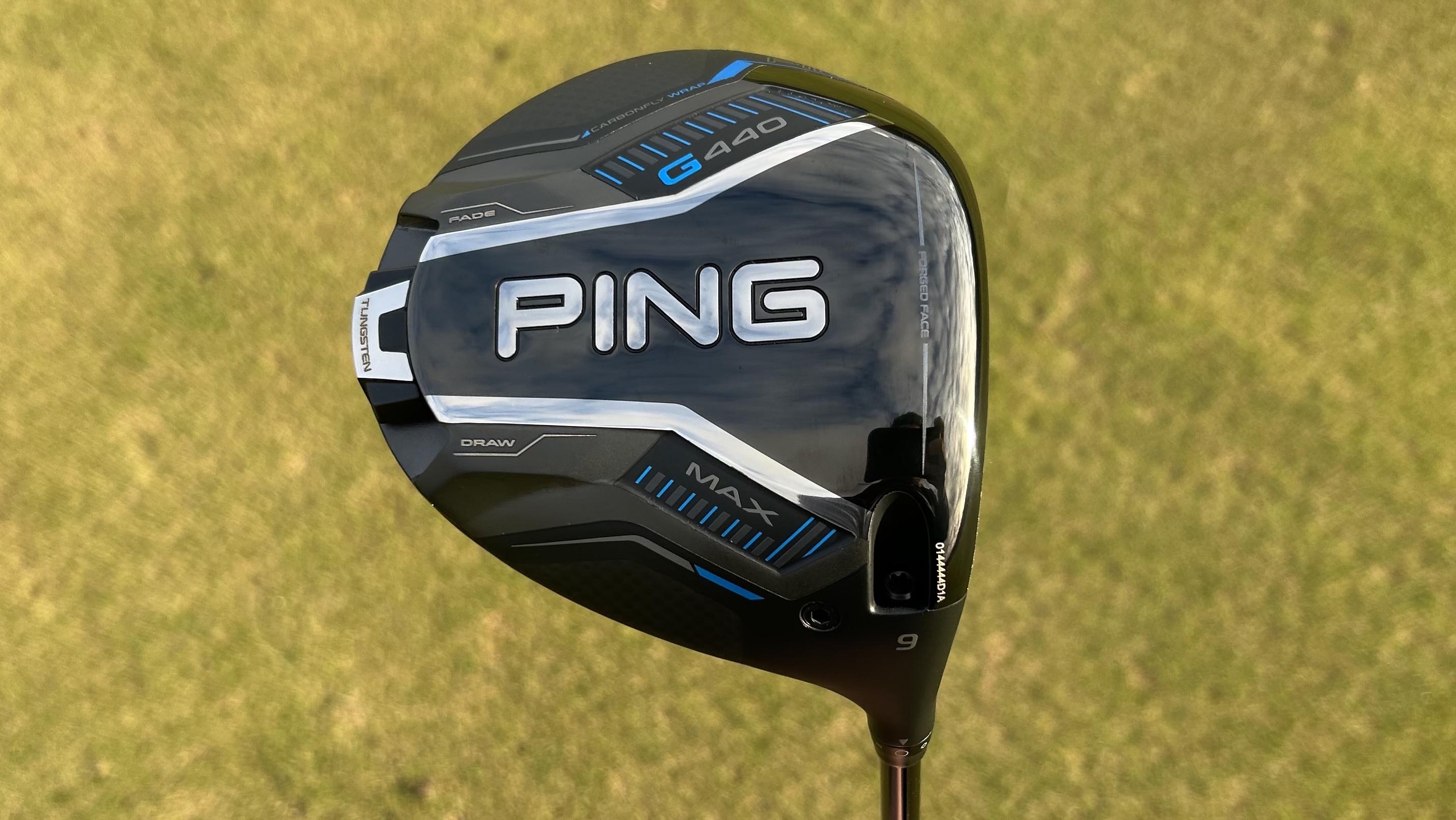
Specifications
Reasons to buy
Reasons to avoid
Maybe I’m biased, but of all the 2025 driver launches, the one I was most excited about was Ping’s new G440 range. I thought last year’s G430 lineup was outstanding, with the G430 Max 10K being one of the most impressive drivers I’ve ever tested (more on that later).
Ping drivers have never really been known for their looks, and that continues here, but we still think there have been notable made to the newest family of Ping drivers. The G440 has a slightly understated appearance, though many will appreciate the blue-and-black finish and the addition of the new Carbonfly Wrap on the crown, which gives it a bit more visual pop. Others may be less keen on the turbulators or the sole design, but that’s nothing new as Ping drivers have always split opinion when it comes to aesthetics.
Ping typically let the performance of their clubs do the talking and the G440 carries on that mantra. The Max is the most user friendly of the range and I found it to be unsurprisingly user-friendly during my testing. My mishits were gobbled up and disguised as valiant fairway finders but I think the biggest leap forward in this driver is the playability of shots low on the face. This is my typical miss, but the G440 has a lower CG that leads to more mass behind the ball and less of a drop of in ball speed numbers on those thinner strikes.
I think there was also a nice feel in the G440 when compared to the G430 head whilst there is a nice level of adjustability on offer thanks to the 29-gram, three position adjustable back weight that can be tweaked to suit your ball flight preference. Overall this will be a very popular driver for golfers of all abilities this year.
- Read our full Ping G440 Max Driver Review
Best for mid-handicappers
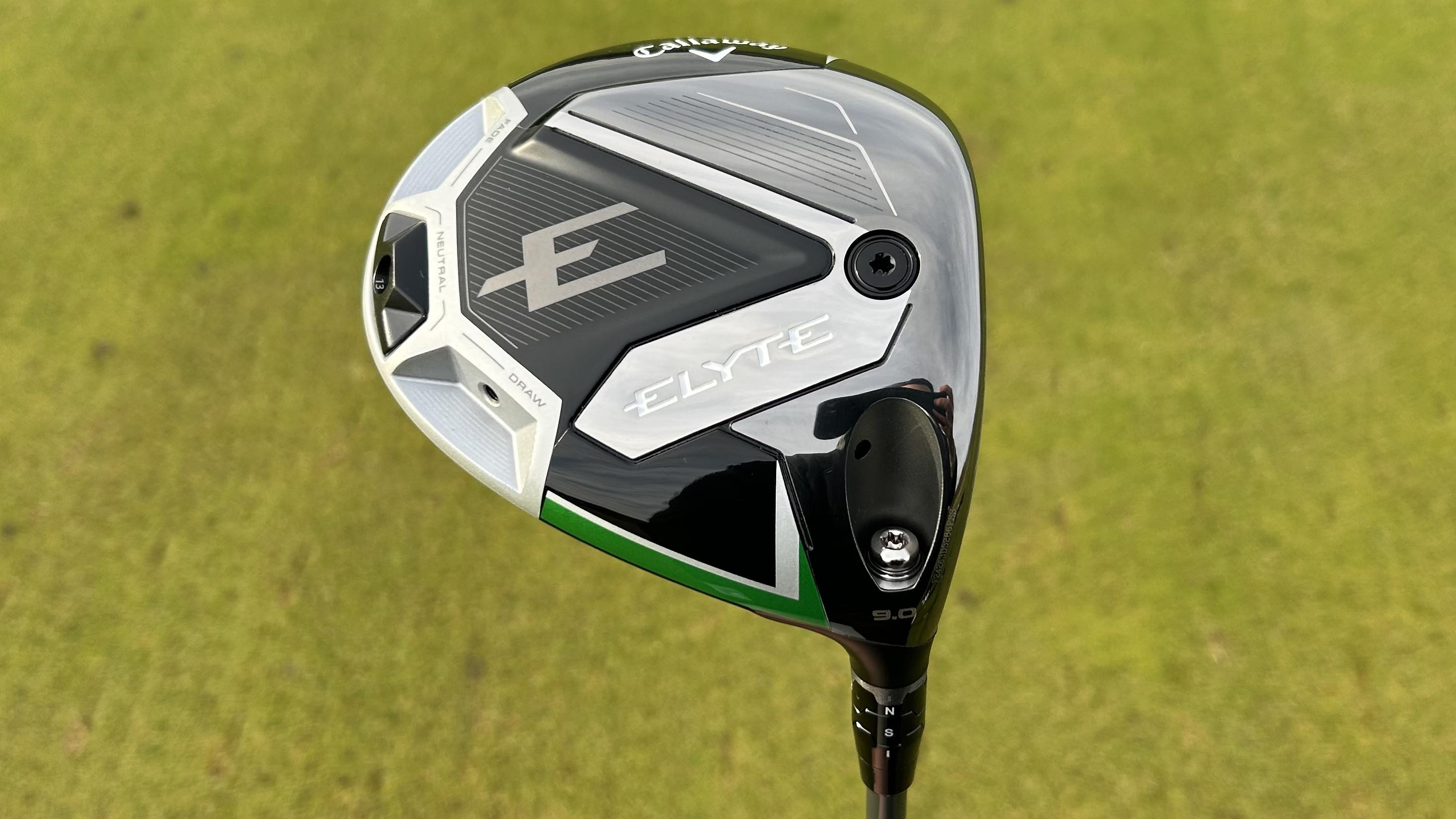
Specifications
Reasons to buy
Reasons to avoid
The first thing to note for the latest range of Callaway drivers is that they are a lot less of a mouthful than the previous but brilliant Paradym Ai Smoke range. All three of the Elyte drivers are impressive, but we've opted for the standard edition for this guide as it appeals to the widest range of players.
This is a very well-rounded driver, offering plenty of forgiveness and a satisfying feel which was particularly appreciated on less-than-perfect strikes. The Elyte features a new perimeter weighting system, letting golfers position the movable 13g weight to encourage or correct specific ball flights. While the two empty 'spare' ports can look a bit unfinished without weights in them, it’s a minor aesthetic quibble.
It’s not the most visually striking driver Callaway has produced, especially compared to the standout Ai Smoke range from previous years, but my main issue was with the sole - a part of the club we rarely see during the swing. At address, the head sits nicely behind the ball, giving a powerful and confident impression. The matte carbon fiber crown adds to that sense of strength, and the iconic Callaway chevron proved to be a very useful alignment aid on top. The black and green colorway is a hat tip to the Callaway Epic driver, one of the best clubs the brand have ever released and a colorway that did suit my eye.
Overall this is a driver that can be used by a single-figure handicapper or a once a week-type player, proving it will be a popular feature in golf bags in 2025.
- Read our full Callaway Elyte Driver Review
Best adjustability
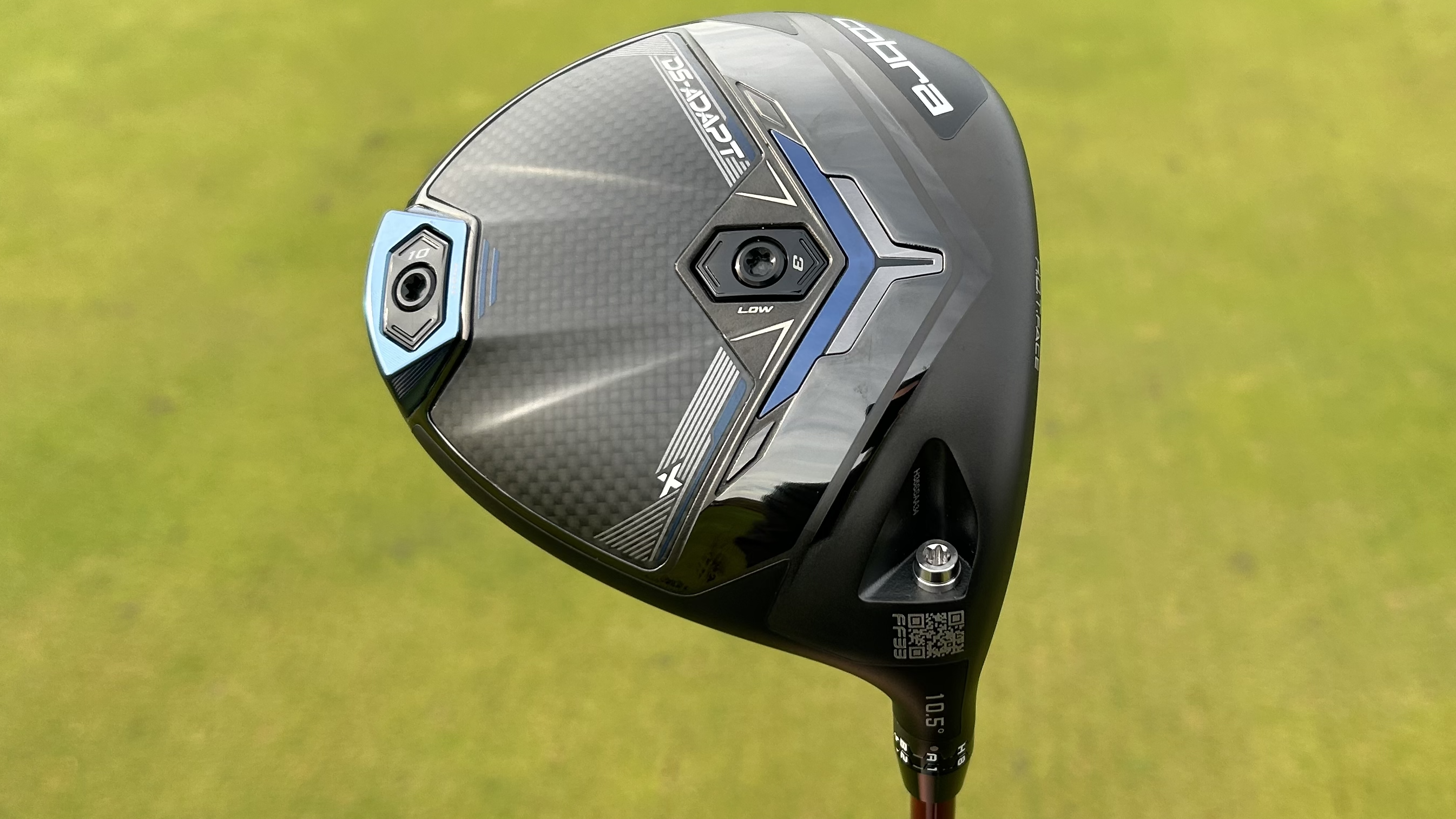
Specifications
Reasons to buy
Reasons to avoid
I thoroughly enjoyed testing the Darkspeed drivers back in 2024 so the DS-ADAPT family had a lot to live up to. There are four heads in the lineup and the X features here because it is an all-rounder which will appeal to players of many levels and abilities.
There is plenty of customization options with this family of drivers thanks to the FutureFit33 adjustable hosel - one of the most unique and groundbreaking additions we've seen in the driver space for 2025. It allows players to de-couple loft and lie angle for the first time ever meaning 33 unique individual settings are available to keep even the most avid tinkerer happy. The main benefit of this is allowing players to fine tune what ball flight they want from their driver which can often change depending on weather conditions or what type of golf course you are playing.
Although neutral setting of the X may be better suited to more moderate swing speeds, those with higher swing speeds can benefit from the more aggressive spin profile that the customization allows.
It's also a driver that looks fantastic but matches the eye-catching looks with exceptional feel and acoustics, two very important and under-appreciated aspects of a good driver.
- Read our full Cobra DS-ADAPT X Driver Review
Best low spin
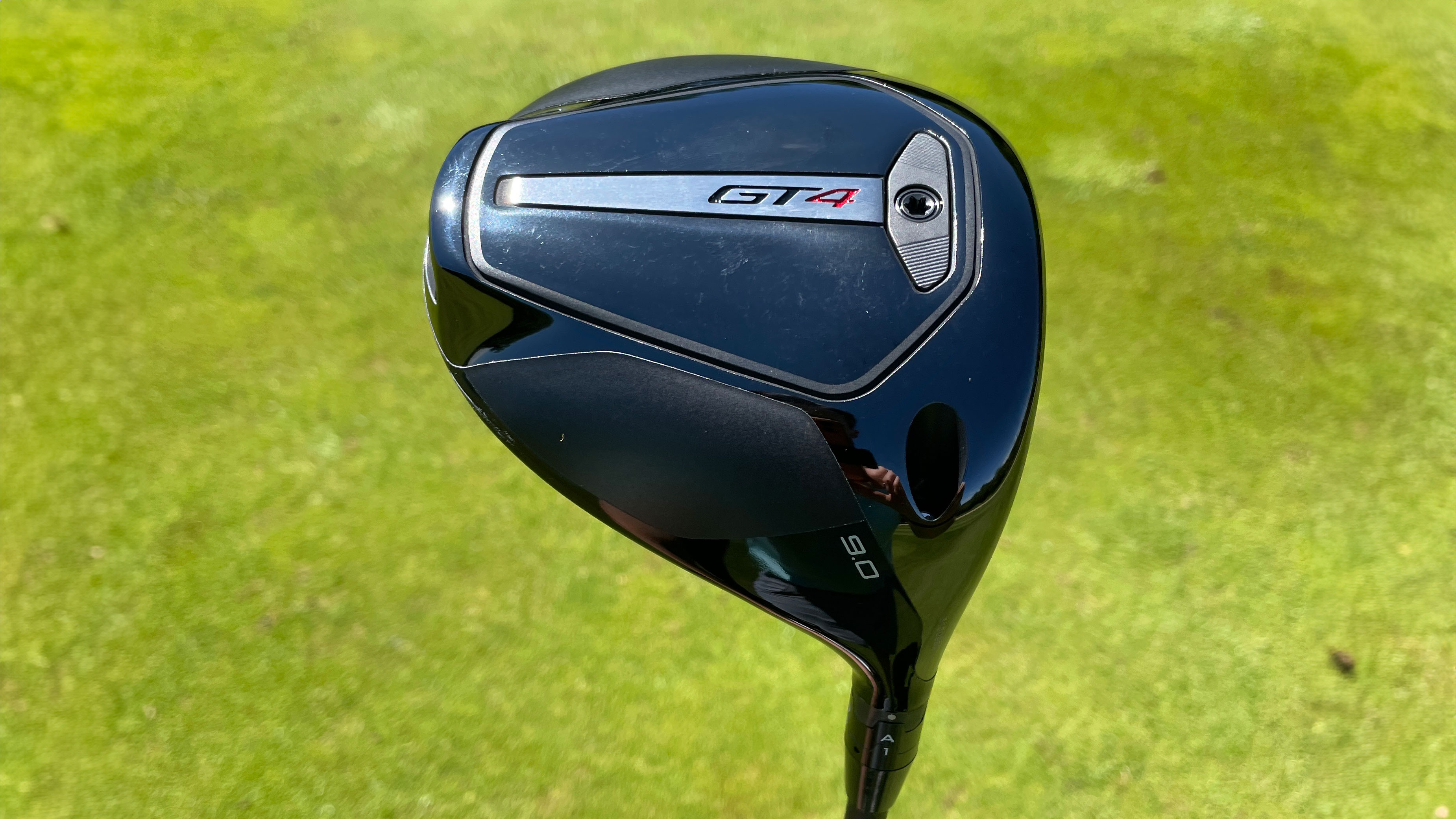
Are you a traditionalist? Then the GT4 from Titleist could be the model for you
Specifications
Reasons to buy
Reasons to avoid
It's hard for me not to be a big fan of the Titleist GT range, but it was hard to choose just one of the family for this guide. I've opted for the one I think is the star of the show, the GT4 - a driver designed for delivering low spin shots from the tee. This isn't a driver suited to the higher handicapper due to the smaller, 430cc head which means it's less forgiving than many of the other options in this guide but thanks to a new Seamless Thermoform Crown and Split Mass Construction, there is a lot of performance to be had in the GT4.
The GT4 features a very rounded head with a clean, premium aesthetic, something we've grown to expect from Titleist. The smaller head size may not suit higher-handicap players, but the subtle color contrast on the clubface helps with alignment at address and helps frame things as the head sits behind the ball.
This driver produces impressively low spin, which will appeal to players looking to reduce spin rates, but it doesn’t compromise on ball speed as testing produced excellent results. The feel is just as good as any other driver on this list, and while its adjustability isn’t as extensive as something like the Cobra DS-ADAPT, the two sole weights and adjustable hosel still allow you to fine-tune the GT4 to match your game.
- Read our full Titleist GT4 Driver Review
Best value
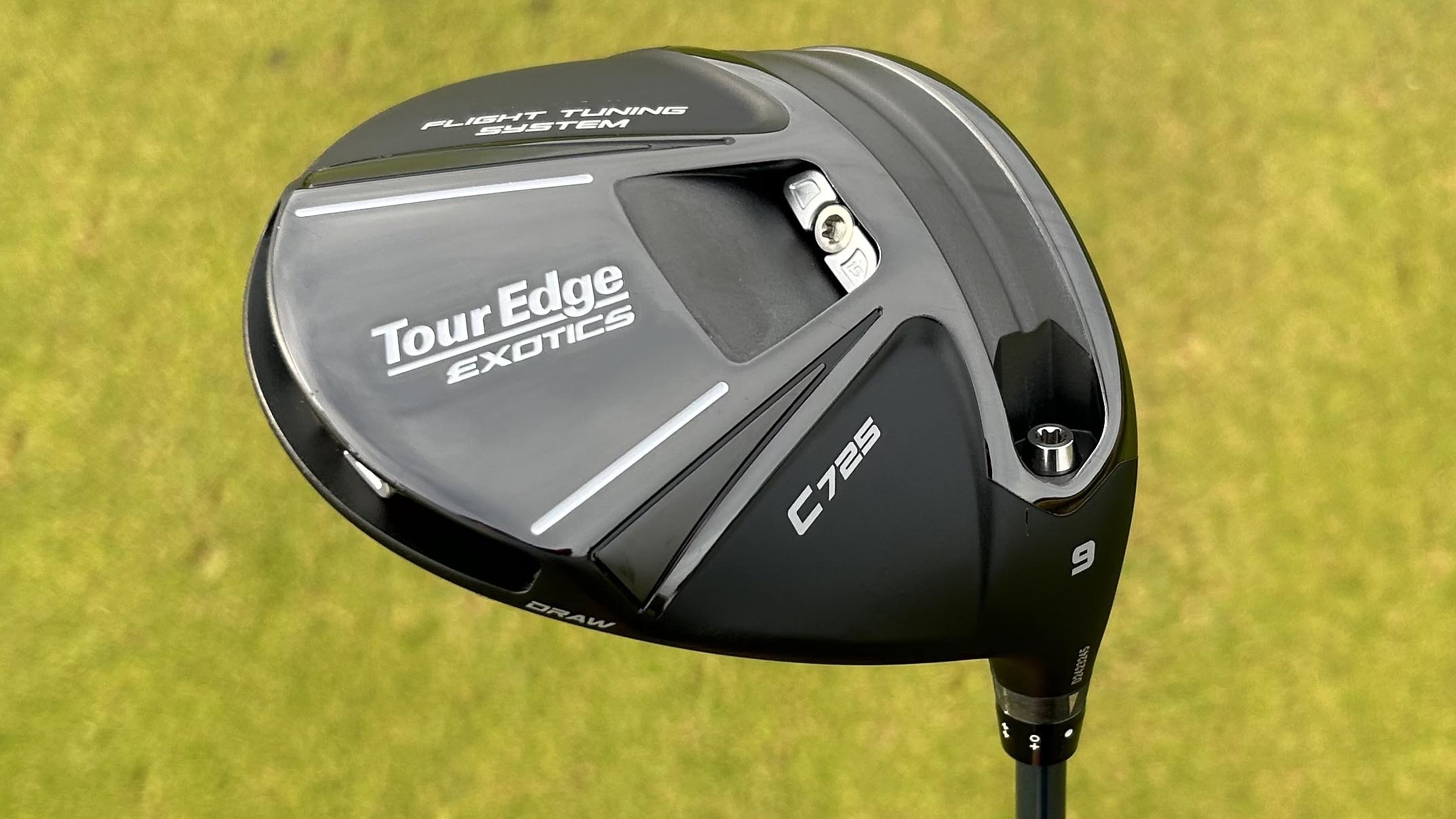
Specifications
Reasons to buy
Reasons to avoid
Most golfers will already be familiar with the major brands we’ve mentioned so far, with the likes of TaylorMade, Ping, Titleist, and more who are widely considered the “big dogs” of the equipment world. While Tour Edge may not be one of these rather large canines, they certainly know how to make an excellent driver. Many players might overlook a Tour Edge, but te C725 is genuinely worth a try.
It delivers a fantastic combination of ball speed, adjustability, looks, and feel. Aesthetically, it can hold its own against any other driver on this list thanks to the premium carbon-fiber finish. The head shape is also visually appealing, sitting square and confident behind the ball at address.
In terms of the data we got during testing, although we didn't reach the ball speed and distance numbers of a TaylorMade Qi35 or Callaway Elyte Triple Diamond, it was pretty close. The feel is also excellent, a pleasant surprise. Lesser name brands have been delivering with their club releases in recent years which is only a good thing for us golfers - yes, it may make the job of choosing the right driver for your game a little more difficult, but in my eyes the more choice the better. Plus, when you consider this driver is $200 less than most on this list, the performance really is impressive. Give it a try!
- Read our full Tour Edge Exotics C725 Driver review
Best looking
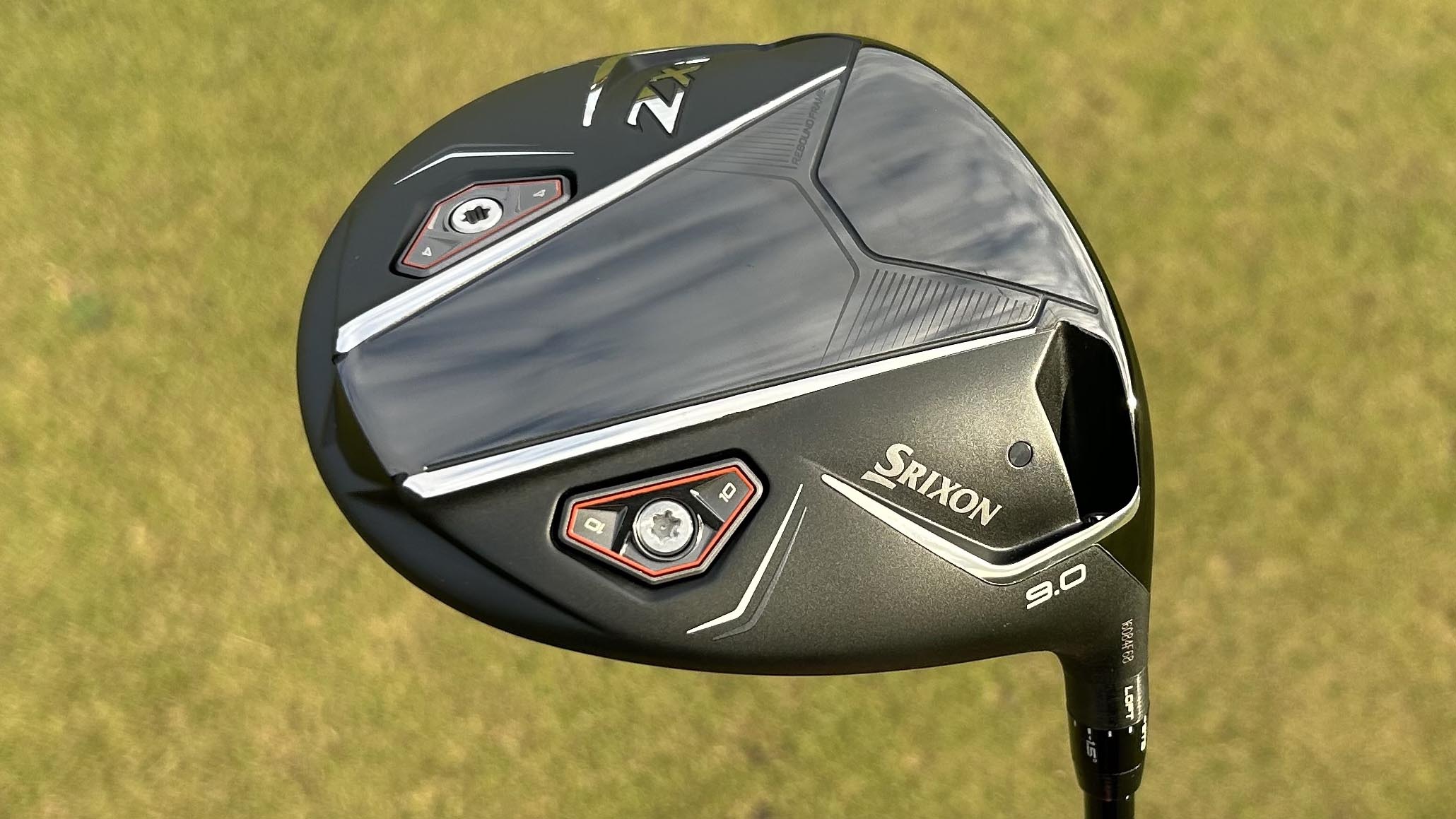
Specifications
Reasons to buy
Reasons to avoid
Srixon have absolutely smashed it out of the park with their 2025 club releases, so it's no coincidence that some of their headline Srixon-contracted players like Sepp Straka, Keegan Bradley and US Open winner JJ Spaun are enjoying breakout seasons on the PGA Tour so far in 2025. Their ZXi range of drivers really impressed us, making tangible upgrades from the previous ZX7 Mk II driver, most notably in the looks and technical features departments.
Speaking of which, the new ‘i-FLEX’ face makes it debut and I felt a lovely powerful feel off the face as a result. There are also two adjustable weights in the sole which allowed me to tweak the driver to my characteristics, and the acoustics of the ZXi are a significant improvement over the ZX7 design previously. Additionally I found great consistency and control of the clubhead as well, finding good contact to be easily attainable. When I missed the center of the face I was reassured to see impressive ball speed retention from our launch monitor as well.
In terms of looks, I think Srixon have done a great job in tidying up the cluttered looking sole that featured on the ZX7 MK II. The whole visual package feels sophisticated in the best way. The improvements continue when at address, albeit more subtly. Tint textures on the crown and extra detailing in addition to the new face detailing makes this feel like a really premium driver in your hand. I can't really ask for more from Srixon when it comes to this driver.
- Read our full Srixon ZXi Driver Review
Most forgiving
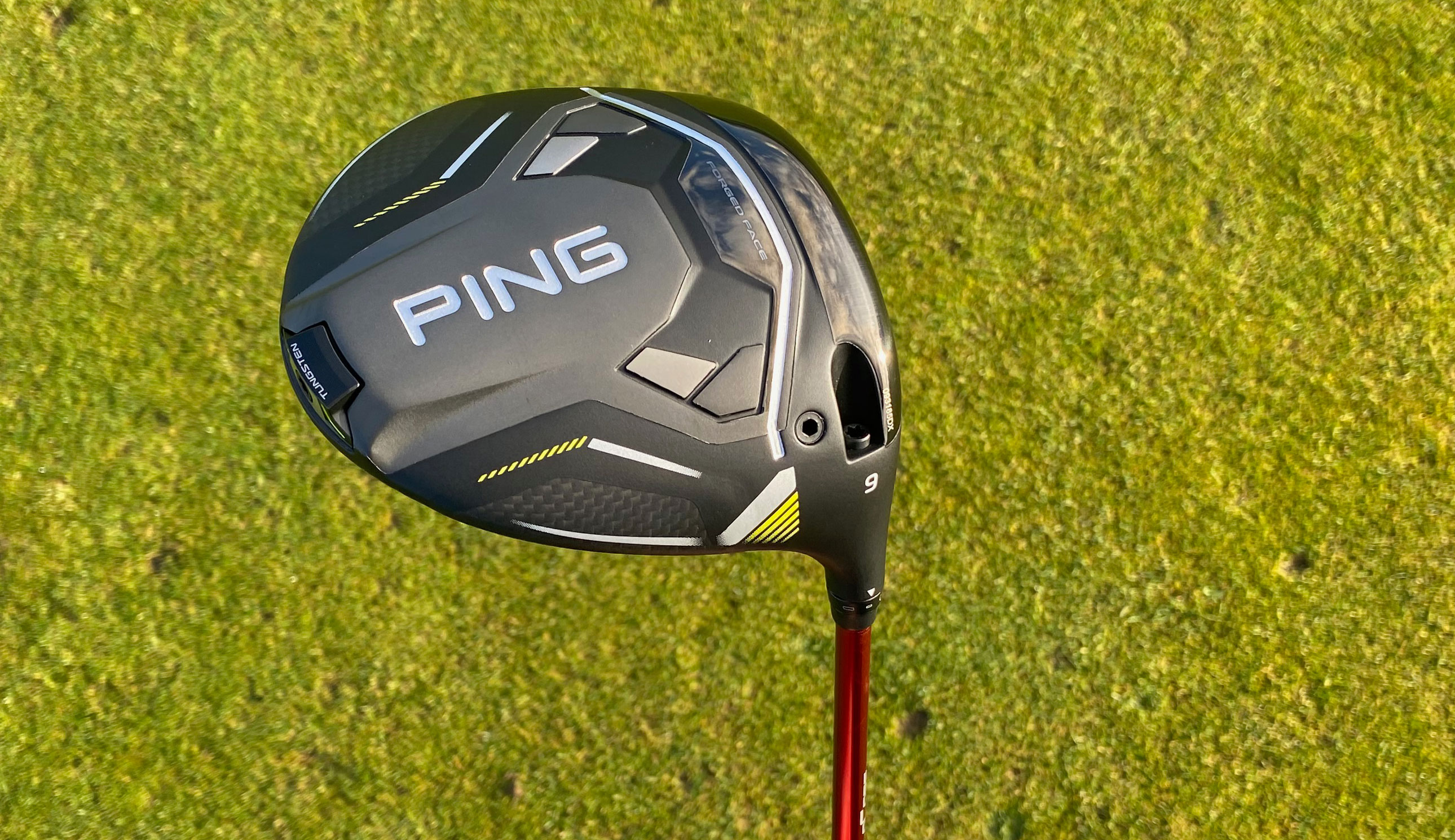
The G430 Max 10K driver from Ping has outstanding forgiveness
Specifications
Reasons to buy
Reasons to avoid
Our top pick in terms of forgiveness goes to a driver that we have been so impressed with that it retains it's crown despite the fact it was released in early 2024, a year before the majority of rivals on this list! It was a later addition to the impressive Ping G430 range and created plenty of buzz - and rightly so. The brand claim it's the straightest and highest MOI (moment of inertia) driver they've ever made, which is a high bar to clear considering some of the best Ping drivers we've tested in the past.
We truly were blown away with the performance on offer during testing with the G430 Max 10k. The forgiveness levels for a driver that provides such low spin was borderline jaw dropping, setting it alone in a crowded market place in that regard. My testing showed that the ball speed numbers were comparable to anything on the market, yet the spin output stands up against any of the best low-spin drivers. It felt stable, powerful and user-friendly - something we could truly trust in our hands which I'd argue is the best compliment we could give any golf club.
The G430 Max 10K has a bigger footprint than its predecessor with a fixed weight added to the back of the head and a slick Carbonfly wrap on the crown adding to the visual appeal. The weight optimizes the center of gravity position at impacts which should allow for lower speed and more ball speed preservation for increased distance. Some adjustment might be needed over time by players with slower swing speeds, but the patience would be worth it to get the best out of this great driver.
- Read our full Ping G430 Max 10K Driver Review
Best For high launch
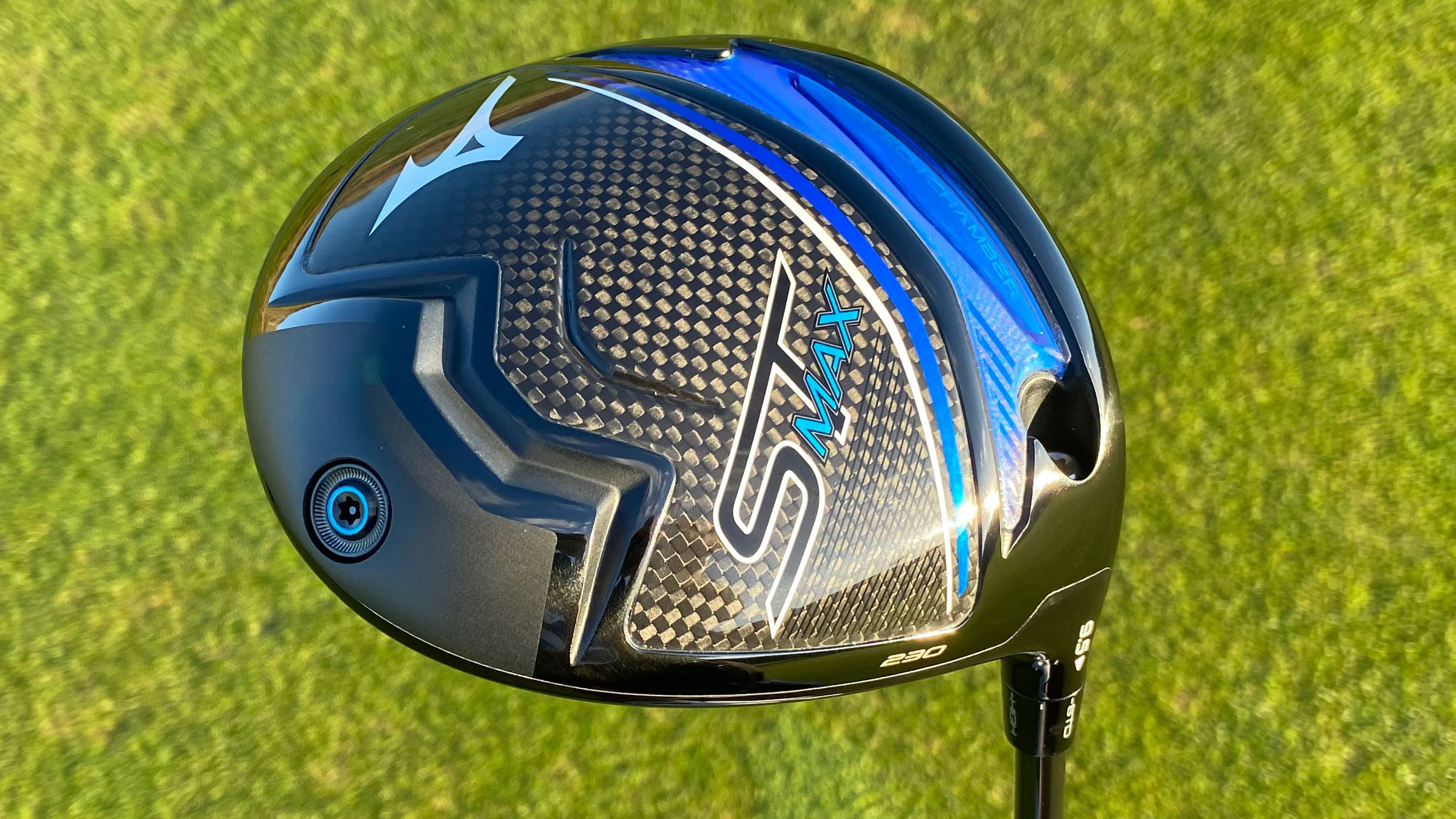
The ST-Max 230 is an underrated model that more should test
Specifications
Reasons to buy
Reasons to avoid
Mizuno are better known for making some of the best golf irons and lesser known for their fairway woods and drivers, but the Japanese brand have worked hard to improve the quality of their longer clubs and have succeeded in doing so.
The Mizuno ST-Max 230 driver, according to the brand themselves, is their most stable driver yet. Mizuno have achieved this by lowering the profile of the ST-Max head, allowing for a wider weight distribution while staying within the 460cc maximum head size. This design allows the boffins at the Mizuno factory the ability to move weight to more extreme locations, increasing the MOI and boosting overall performance. Aesthetically, the driver looks premium thanks to its blue-and-black color scheme. At address, the large head sits confidently behind the ball, providing both reassurance and inspiration before each swing.
In terms of the sound and feel, I really enjoyed what this driver had to offer. The feel at impact is more subtle than some of the other most forgiving drivers on the market and the acoustics follow the same pattern.
- Read our full Mizuno ST-Max 230 Driver Review
Best feel
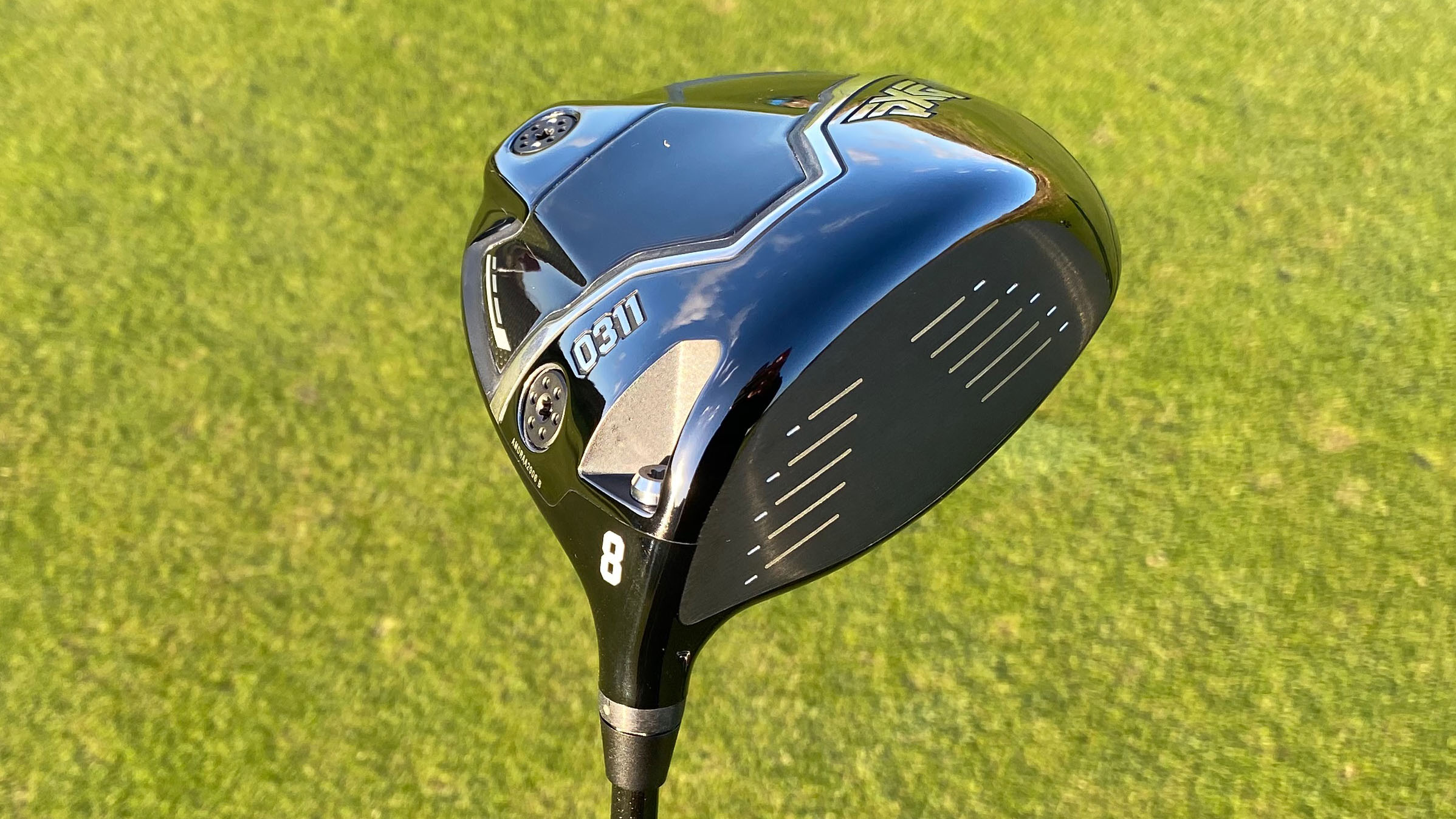
If you need alignment help then the Black Ops from PXG is a model to think about
Specifications
Reasons to buy
Reasons to avoid
PXG have begun making waves when it comes to the longer clubs in particular. In terms of the tech, as you would expect the two areas of most focus are distance and forgiveness. To achieve greater distance PXG introduced a titanium alloy face that it refers to as AMF Technology. The thinking behind it is that higher strength and added flexibility increases face deflection to produce a higher launch and lower spin. The forgiveness comes from a composite construction which has been specifically designed to push mass to the perimeter to get the combined MOI reading to near 10,000 gcm2.
PXG clubs, especially their drivers, are known for their bold looks and the Black Ops is no exception. There’s a lot going on behind the ball at address which might not appeal to everyone, but it does help with alignment. The design is clean yet aggressive (in a good way), with the glossy finish, carbon crown, and light grey accent graphics giving it a striking, tech-packed appearance that leaves you with a feeling this is a powerful driver.
We’ve labeled the Black Ops as having the best feel because it genuinely impressed during testing. From its looks to its tech to the way it performs, everything about this driver exudes power. It’s just satisfying to look down at a club that feels ready to launch. On top of that, adjustability is a highlight, with three sole weights allowing you to fine-tune performance to suit your game.
- Read our full PXG Black Ops Driver Review
Best fade bias
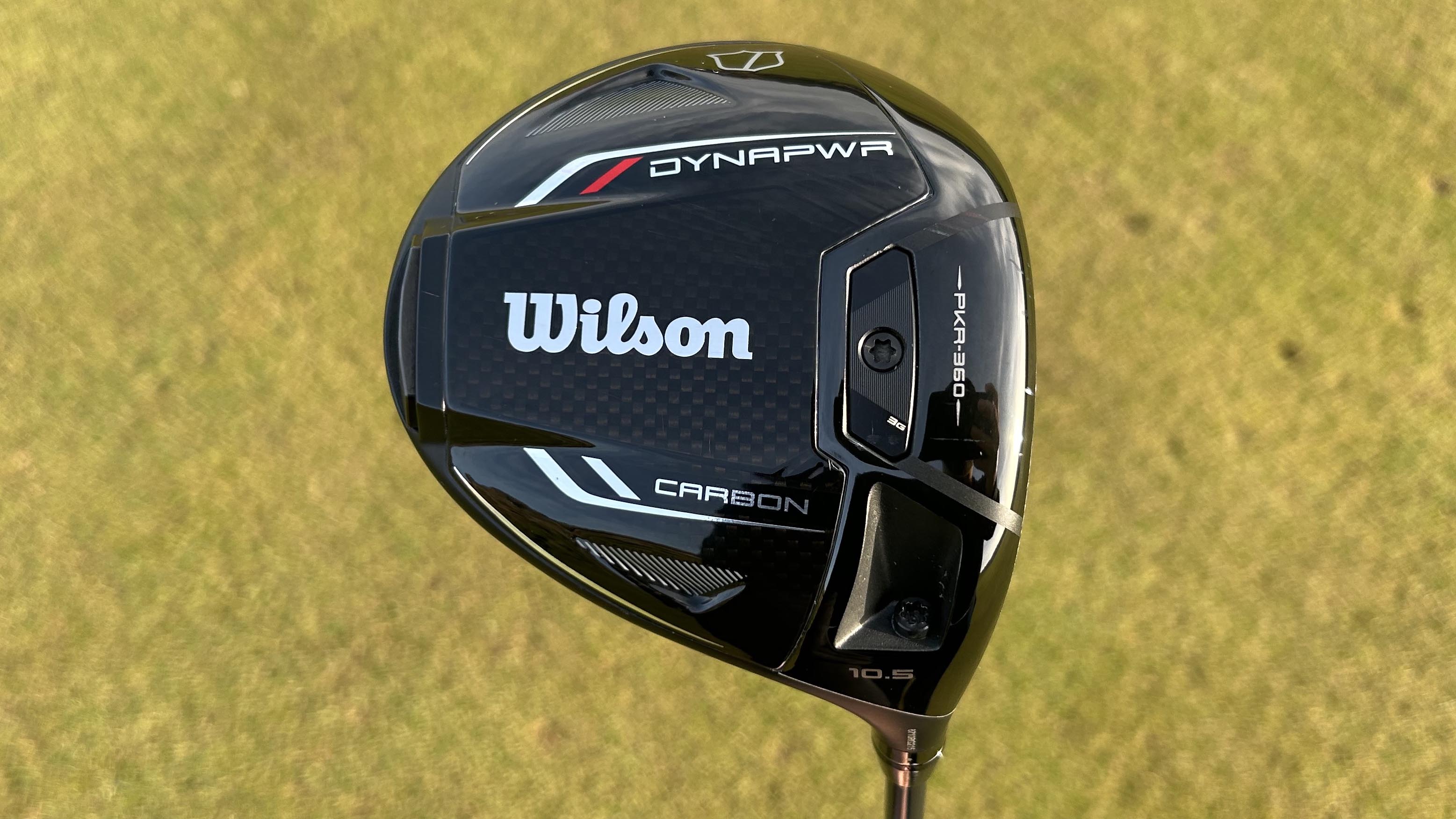
Wilson's Dynapower Carbon model is for the lower spin players
Specifications
Reasons to buy
Reasons to avoid
After testing the latest Wilson driver I was seriously impressed - this feels like a big step forward for a brand not many would consider when looking to upgrade their driver.
This is as good as it gets in the low-spin driver category and has an affordable price to add to the appeal. Launch monitor data was impressive by itself, offering excellent ball speed numbers in particular.
In the looks department, we've seen a massive upgrade from the previous Dynapower model that didn't really suit my eye. Plenty of visible carbon coupled with relatively discreet branding provides a classy visual, whilst the club sits very sophisticated behind the ball at address.
Feel is also wonderful, feeling both solid and robust at impact. This driver maybe isn't as forgiving in other areas of the face compared to competing models on the market, but you're getting plenty of bang for your buck when you factor in the price.
- Read our full Wilson Dynapower Carbon Driver Review
Best draw bias
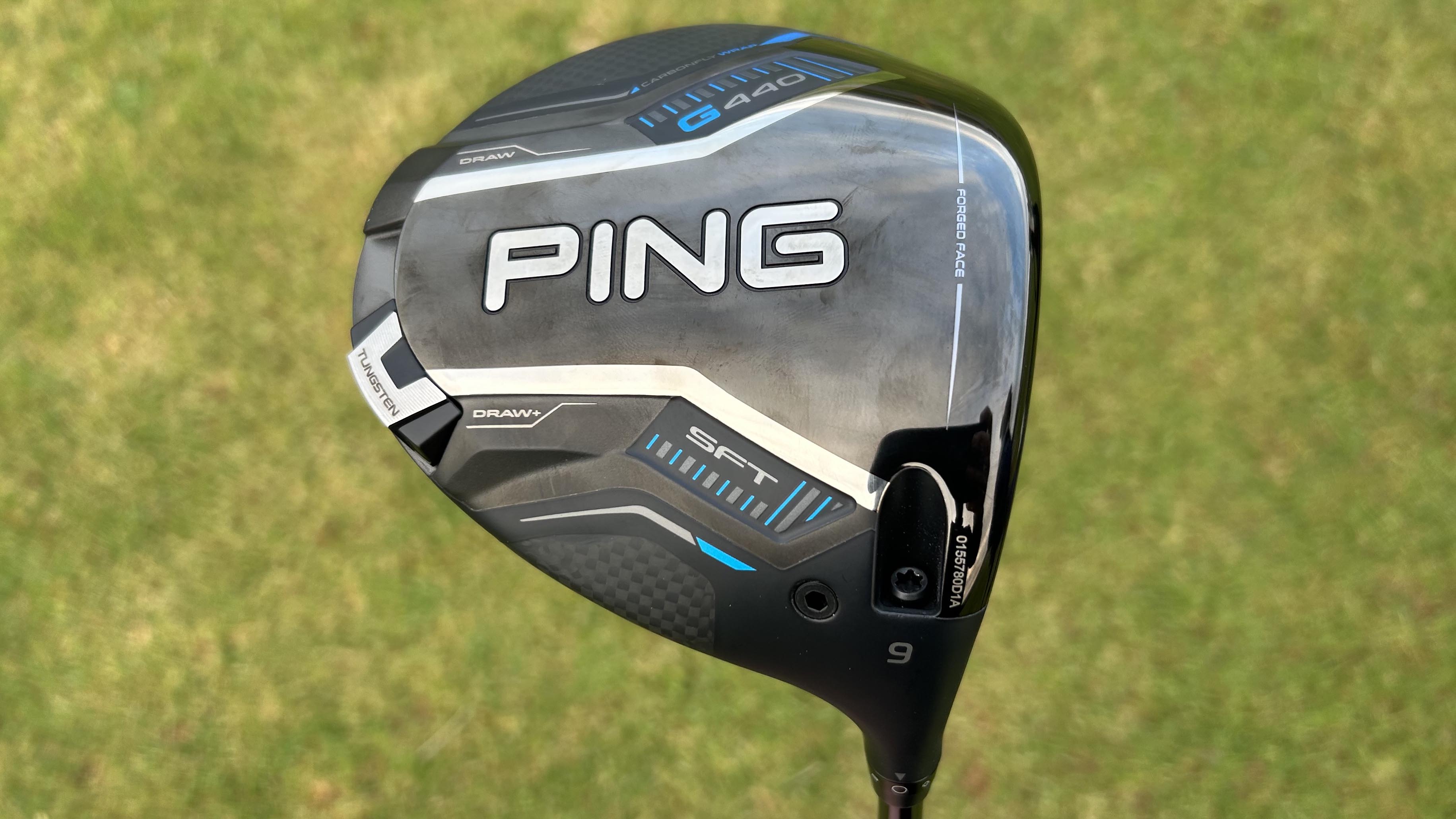
Specifications
Reasons to buy
Reasons to avoid
Drivers that have a strong fade draw bias could prove the perfect option for those who struggle with a right miss off the tee. The best drivers for seniors as well as the best drivers for mid-handicappers often focus on technology that prevents the ball moving right off the tee to attempt to counter the common miss that plagues so many golfers. The slice is such a common miss that we have actually dedicated a buying guide simply for players looking for a driver to help cope with it - the best drivers for slicers.
The G440 SFT happened to be the top pick in that guide for a number of reasons. Starting with aesthetics, this is a seriously good-looking driver, especially when you set it behind the ball. The introduction of the new Carbonfly Wrap also gives the entire range a premium, modern appearance that really stands out.
In terms of on-course performance, this model delivers noticeably more draw bias than its predecessor, around 15–20% by our estimation, which is a significant improvement. That extra help can all but eliminate the dreaded right miss that ruins both scorecards and confidence. Simply put, this is one of the most forgiving drivers we’ve tested this year and an excellent option for anyone looking to tame their slice once and for all.
- Read our full Ping G440 SFT Driver Review
Specifications table
Model | Lofts | Adjustable Hosel | Left-Handed Option |
TaylorMade Qi35 Driver | 9°, 10.5°, 12° | Yes | Yes - 9°, 10.5° |
Ping G440 Max Driver | 9°, 10.5°, 12° | Yes | Yes - Available in all lofts |
Callaway Elyte Driver | 9°, 10.5°, 12° | Yes | Yes but only 9° and 10.5° |
Cobra DS-ADAPT X Driver | 9°, 10.5° | Yes | Yes but stock only available in Denali Blue Shaft Stiff & Reg |
Titleist GT4 Driver | 8°, 9°, 10° | Yes | Yes - Available in all lofts |
Tour Edge Exotics C725 Driver | 9°, 10.5°, 12° | Yes | 10.5° only |
Srixon ZXi Driver | 9.0°, 10.5° | Yes | Yes - Available in all lofts |
Ping G430 Max 10K Driver | 9.0°, 10.5°, 12° | Yes | Yes - Available in all lofts |
Mizuno ST-Max 230 Driver | 9.5°, 10.5°, 12° | Yes | 9.5° only |
PXG Black Ops Driver | 8º, 9º, 10.5º, 12º | Yes | Yes - Available in all lofts |
Wilson Dynapwer Carbon Driver | Carbon head - 9˚, 10.5˚ & 12˚+ Titanium head - 9˚, 10.5˚ & 13˚ | Yes | Yes - 9.5°, 10.5° only |
Ping G440 SFT Driver | 9.0°, 10.5° | Yes | Yes |
How we test for the best golf drivers

Joe has worked in the golf industry for nearly 20 years in a variety of roles. After a successful amateur career being involved in England squads at every age group, Joe completed his PGA degree qualification in 2014 as one of the top ten graduates in his training year and subsequently went on to become Head PGA Professional at Ryder Cup venue The Celtic Manor Resort. Equipment has always been a huge passion of Joe’s, and during his time at Celtic Manor, he headed up the National Fitting Centres for both Titleist and TaylorMade. With Golf Monthly he oversees driver, iron and golf ball testing.
When it comes to product testing, our reviews and buyers' guides are built upon a rigorous testing procedure as well as the knowledge and experience of the test team. Our driver testing is headed up by Staff Writer Joe Ferguson, a PGA Professional who has worked in the golf industry for nearly 20 years. Joe is ably assisted by other members of the review team, including Deputy Editor Joel Tadman, and Staff Writer Sam De'Ath, a professional who has competed on the EuroPro and Clutch Pro Tours.
Getting into specifics for drivers, we first attend product launches and speak to the manufacturers to get a full understanding of the technology.
Specifically on Joe's process, he says; I currently conduct my driver testing as holistically as possible to make the best recommendations I possibly can. Data is generally gathered indoors in as sterile an environment as possible using a FullSwing KIT launch monitor and TaylorMade TP5 golf balls with a minimum of 100 recorded shots. However, as golf is an outdoor pursuit, I also make sure to get out onto the course with each driver to put it to the test in the inevitable elements we all face. A driver review won't be published until I have ticked off at very least the minimum indoor testing and at least a further 18 holes of on course, situational testing.
Outdoor testing often takes place at Saunton Golf Club in Devon which has top-notch practice facilities and is one of Golf Monthly's Top 100 golf courses as well.
Ultimately, we aim to be as insightful and honest as possible in our reviews so it is important to acknowledge that no manufacturer can buy a good review. Our team tells it how it is as our aim is to try and find the best golf clubs on the market and to give you some valuable insight on them, which requires us being thorough and transparent.
How to choose a new golf driver
What head type do I need?
As you will have noted above, generally when a brand releases a new driver there will be a choice of three or four different heads to choose from. Each are aimed at a specific type of golfer, so it's vital that you know what bracket you fall into. Do you need the most forgiving head, the lowest spinning or one that combines the two? You might want to look at a draw biased option if you are a slicer. Deciding on this will then help you choose which brand or model you want.
What about shaft Flex?
Getting the right flex shaft is very important if you want your driver to perform to the best of its' ability. The faster your swing speed, the stiffer the flex needed. We'd recommend getting a custom fitting to find out which is the best shaft to suit your game. Most casual players will be a regular or a stiff, but very slow swingers (less than 75mph) may be better served by a senior flex shaft. Alternatively, those who swing out of their shoes (105mph+) might need a extra stiff shaft.
Where do you need the most help?
Self diagnose your driver swing - is it too spinny? Do you tend to miss right often? Do you struggle to get the ball airborne off the tee? Once you know what you need from a driver, it's easier to find which one will and wont suit your game.
Distance
If your focus is purely on adding more yards to your drive, then there are driver heads designed specifically for that (usually the low spinning ones), but not all brands will produce the same distance and it might be different for each golfer as we all have different swings. Based on our testing this year we found the Cobra Darkspeed Max to be the best driver for distance but it might be different for you so it's worth trying out a few to help narrow down your choice.
Forgiveness
Golf is hard. It's impossible to hit the ball out of the center of the face every time, so we might need a driver that can give us a helping hand when it comes to those strikes that don't land in the sweet spot of the face. The most forgiving driver on the market right now, in my opinion, is the Ping G430 Max 10K and it is also one of the most versatile, being suited to a wide range of skill levels from Tour Pro to Sunday hacker.
Launch
Another factor to consider is do you have trouble getting the ball to go as high as you'd like from the tee? Some golfers, particularly those with slower swing speeds, need help with their launch. Increasing the loft on your driver will help with this, but there are drivers out there that have been specifically designed to help golfers get the ball into the air. If you come into that category then check out our guide to the best drivers for slow swing speeds.
What is your budget?
Golf clubs are becoming more and more expensive, particularly the premium offerings from the likes of TaylorMade and Titleist. The Srixon ZXi and Wilson Dynapower drivers come in at a lower price point, while there are some fantastic deals to be had in second hand market. If you are on a budget or you're a new golfer who doesn't want to spend too much at this stage of your golfing journey, check out our guide to the best used golf drivers to see if you can pick up a bargain.
Glossary
Forgiving/Forgiveness
Put simply, forgiveness is an unofficial measure of how easy a club is to hit or rather how bad the punishment is from a club when you miss the center of the face. Drivers like those included in this guide are specifically designed to make mishits less penal, thus suiting them well to higher handicappers who tend not to find the center of the face as often as those with lower indexes.
MOI
MOI stands for 'moment of inertia'. It's essentially the measurement of a club's stability and twisting at impact.
When you strike the ball towards the toe of the club, the impact pushes against the toe of the face and that forces it slightly open. The result is probably a start line out to the right. When you hit a ball out of the heel it has the opposite effect as the club face tends to close and send the ball to the left.
Golf clubs with a high MOI mean the face twists less on off-centre strikes which in theory should mean that more ball speed is retained on off-center strikes translating to more distance, and with less opening and closing of the face, dispersion is likely to tighten up.
Gear effect
Gear effect is the technical term for the manipulation of the ball flight after it comes off the club face at impact, specifically when not hit out of the center of the face. Unless your club face alignment and swing path are matched, you aren't going to hit a perfectly straight shot. As a result, manufacturers add curvature to the face of clubs to counteract the negative effects of gear effect from balls hitting off different parts of the club face.
This curvature or 'bulge' as it is commonly referred to, mitigates excessive alterations to the spin axis, making toe and heel strikes less destructive.
CG
CG is an acronym for center of gravity. To hit straighter drives, we want the ball to be as close to the center of gravity as possible - if the ball is aligned directly in line with the club head’s CG, then no twisting of the clubhead will take place. However, if you strike the ball away from the CG near the toe, the club will be deflected open, with opposite effect happening with the face closing for strikes near the heel.
Forgiving drivers will tend to have the CG lower in the head to promote a higher ballfight.
Draw
Fun fact: the hardest shot to hit in golf is a dead straight one. Thanks to physics, the ball will want to move either right to left or left to right. A draw is the term for when the ball starts out to the right and falls to the left.
Draw bias
Draw bias is designed to help battle against the most popular miss amongst mid-to-high handicappers, the dreaded miss to the right - be that a fade or worse, a slice. It's a purposely included technology aimed to counteract the right miss by promoting a right-to-left ball flight.
Hook
A hook is the worst right to left miss one can have. It is when the ball aggressively dives to the left during flight and is caused by the club face being closed at impact.
Fade/Cut
The opposite of a draw - a fade is the most common ball flight amonst amateurs and is when the ball falls to the right.
Slice
A more extreme version of a fade is a slice, caused when players tend to swipe across the ball, leaving the face open and creating to much cut spin. It's the most common miss amongst high handicappers and manufacturers recognize this, creating drivers specifically built to counter the right miss - many of which are included in this guide.
FAQs
Which golf brand makes the best drivers?
There are lots of golf brands that make excellent golf drivers for a wide range of abilities and swings. Those brands include the likes of Callaway, TaylorMade, Wilson Staff, Ping, Cobra, Cleveland, Titleist to name a few.
What is the number 1 driver in golf?
There are lots of drivers that will claim to be number 1 this year. Some of them include the TaylorMade Qi35, Cobra DS-ADAPT, Callaway Elyte and Ping G434 line to name a few.
Which driver is the most forgiving?
You can check out our full guide on the most forgiving golf drivers, but a couple of examples are the Ping G430 Max 10K and Cleveland Launcher XL.
Subscribe to the Golf Monthly newsletter to stay up to date with all the latest tour news, equipment news, reviews, head-to-heads and buyer’s guides from our team of experienced experts.

Joe has worked in the golf industry for nearly 20 years in a variety of roles. After a successful amateur career being involved in England squads at every age group, Joe completed his PGA degree qualification in 2014 as one of the top ten graduates in his training year and subsequently went on to become Head PGA Professional at Ryder Cup venue The Celtic Manor Resort. Equipment has always been a huge passion of Joe’s, and during his time at Celtic Manor, he headed up the National Fitting Centres for both Titleist and Taylormade. He’s excited to bring his knowledge of hardware to Golf Monthly in the form of equipment reviews and buying advice.
Joe lives in North Devon and still plays sporadically on the PGA West region circuit. His best round in recent years came earlier in 2023 where he managed a 9 under par 63 at Trevose GC in a Devon & Cornwall PGA Tournament.
Joe's current What's In The Bag?
Driver: Switch between TaylorMade Qi35 and Callaway Elyte TD - both with Fujikura Ventus Black 6-X
Fairway wood 1: TaylorMade BRNR Copper Mini Driver - Fujikura Ventus Black 7-X
Fairway wood 2: Callaway Apex UW 17˚- Fujikura Ventus Black 9-X
Irons: TaylorMade P7CB 3-PW with Dynamic Gold Tour Issue X100 shafts
Wedges: Callaway Opus 50, 54, and 60 degrees - Project X LS 6.0 shafts
Putter: LAB Golf Oz.1 (zero shaft lean)
Ball: TaylorMade 2024 TP5x
Grips: Golf Pride Tour Velvet 60R
Bag: Vessel Player IV Pro DXR Stand
- Joel TadmanDeputy Editor
- Sam De'AthStaff Writer
- Conor KeenanGear & Ecommerce Writer